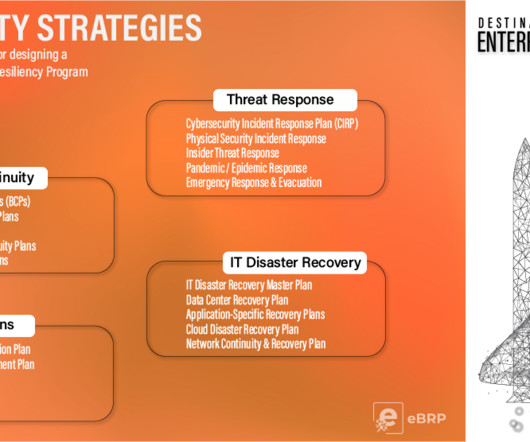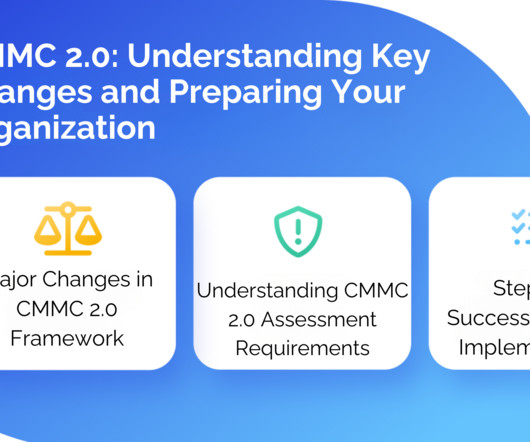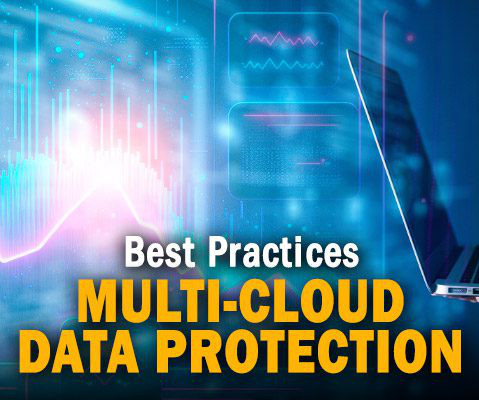Managing Organizational Change With a Risk-Based Approach
LogisManager
FEBRUARY 5, 2025
Managing Organizational Change With a Risk-Based Approach Last Updated: February 5, 2025 In a business world of competitive pressures and shifting market demands, organizational change management (OCM) is critical. This guide explores the importance of a risk-based approach and how to drive successful change initiatives.


















Let's personalize your content